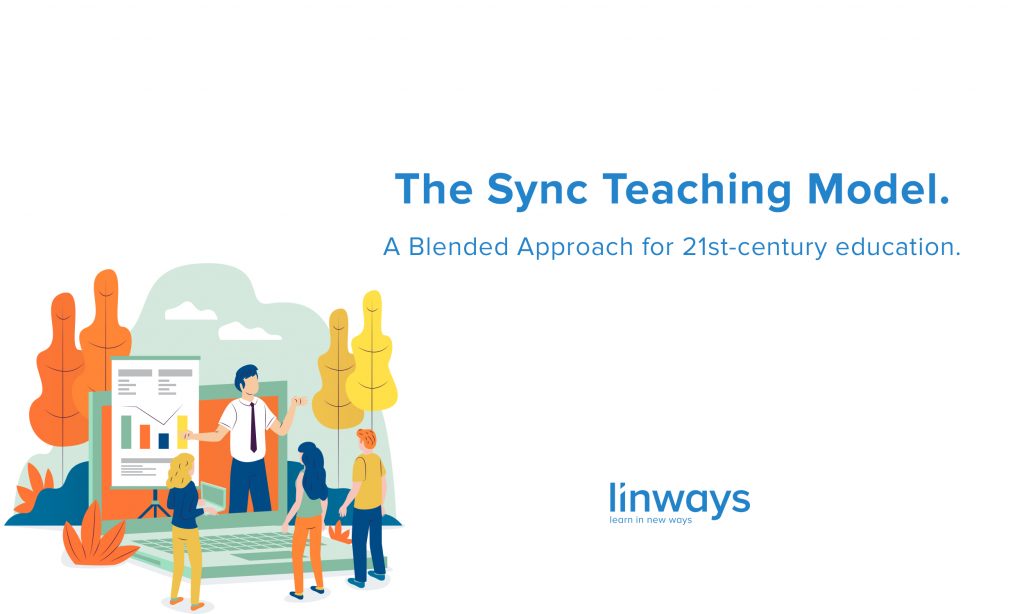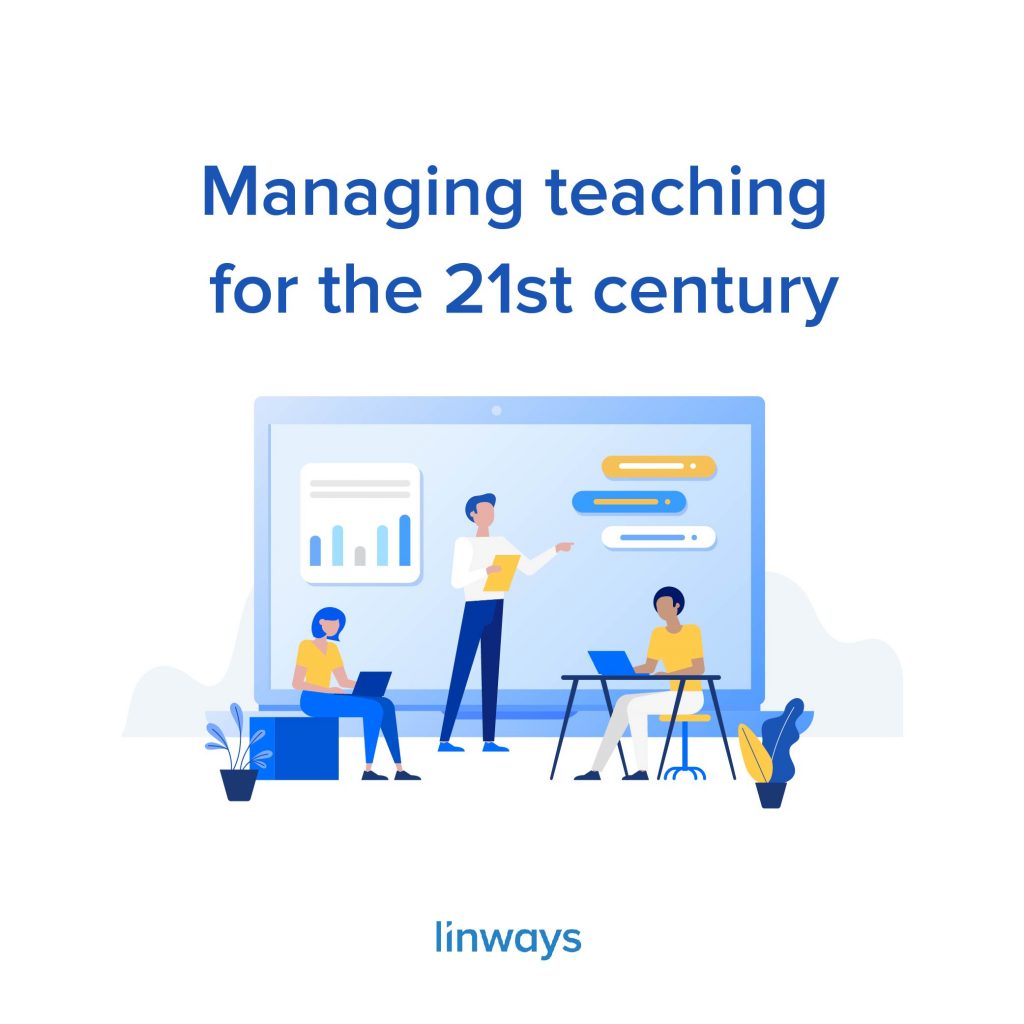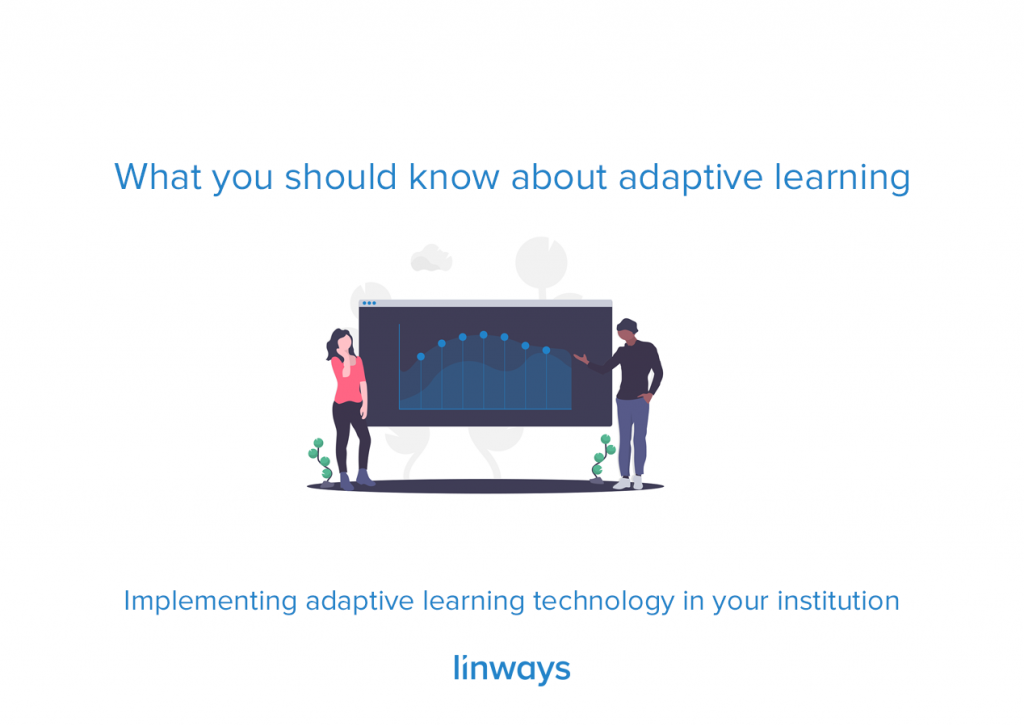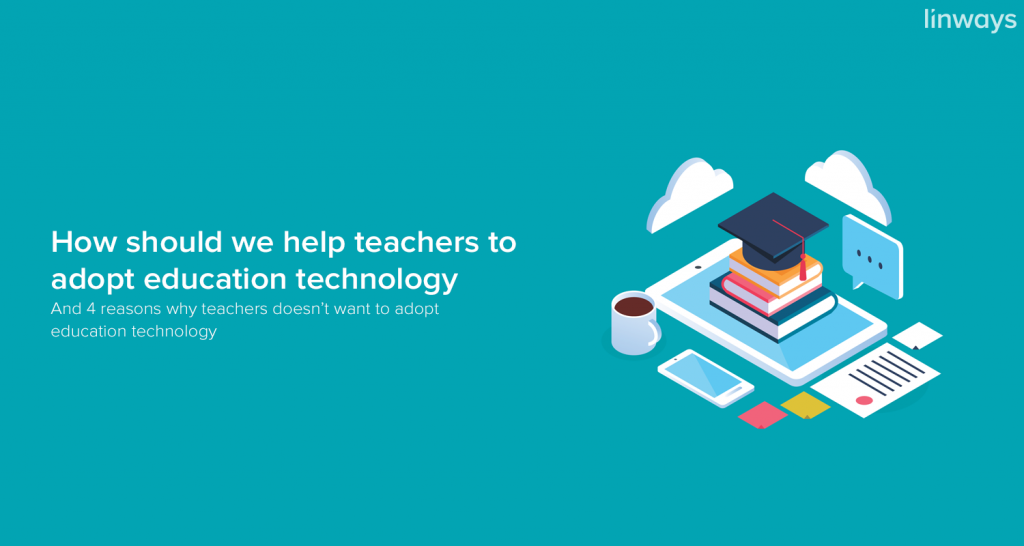A Blended Approach for 21st-century education.

Before we begin, let’s look at the terms used here and what they mean
Blended learning
Blended learning, by definition, is a pedagogical strategy where the students learn with a combination of face-to-face interactions and digital communication. Blended learning used the aid of technology to deliver partial supplementary course content for the students and creates a space for more classroom interactions and practical applications. This may include sharing video lectures on specific topics in addition to what students learn in the classroom, or providing course content guides as additional information, or proposing a video guide on youtube for further study
Synchronous learning
Synchronous learning occurs when learners and instructors are interacting in real-time, typically through delivery platforms, distance learning technologies such as video conferencing, discussion form and community chat, or collaboration and social learning technologies. Although learning occurs at the same time, learners don’t have to be there in person, or even in the same location
Asynchronous learning
Asynchronous learning is an instructional design and delivery methodology that allows students to access content or participate in learning outside of the classroom and at their convenience. The asynchronous method is more learner-centered, enabling learners to complete courses without the constraints of having to be in a certain place at a time. As long as the student has access to the coursewares, the asynchronous learning environment helps students to learn at their own pace. These materials can be accessed by the students as per their necessity
The sync teaching model.
The sync teaching method is more or less a combination of these teaching styles. It is well-suited for the modern classrooms where students and teachers are well-versed in technology and constantly interact with each other using devices.
In the sync teaching model, the core revolves around the idea that students accessing (or creating) personalized content while the teacher guides and facilitates the core of the lesson.
While in practice, the sync model only dictates that the students “sync” with the teacher’s path. As a teacher, you will have the added advantage of implementing personalized learning in classes and differentiating the student groups to create a better learning experience
Another advantage of the sync model is the natural blend of technology. There’s no need to create new workflows or a unique software platform. You can simply continue what you are doing right now and simply transition to the sync model bit by bit using your own learning management system and communication apps. Students will also have the freedom to explore horizontally with the content and learn if they are interested. You can host discussion forums, share links to external documents, etc. to nurture this learning culture in your students
One of the major advantages of the sync teaching model is that teachers can strictly follow the curriculum and still deliver a better learning experience beyond the conventional classroom environment. The sync teaching model is about choosing a central theme, which the teacher can decide, and then using the internet and second screen learning to enhance that knowledge. So as long as the teacher follows this stream of the curriculum for choosing that central theme, the course follows that pre-defined path while making room for better and more
One thing that sync teaching brings to the table is the student’s direct relationship with the content. In conventional models, the student more or less interacts with the content through the teacher. But in this case, the teacher assumes the role of a facilitator and the student directly learn the content. You as a teacher can support and direct those learning streams and give necessary directions.
So in one way sync teaching stays on top of the conventional model and builds a beautiful blended learning environment where the students and teachers make education all about learning.
In the sync model, the students follow the teacher on a path while making quick stops and learning more about what’s on the way. It’s a great way to engage an already technology-adapted generation while adhering to the predefined curriculum and teaching norms. Making use of technologies like Linways learning management systems to unlock the full potential of the sync teaching model can result in a great student-teacher relationship and a better experience for both teachers and students.
Also published on Medium.




